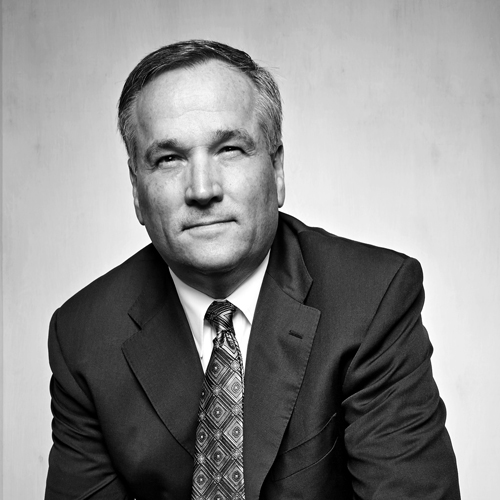What does it look like when a leading retailer commits to diversity and applies that value to every department within? Take one look at Target to find out.
The company has a long-standing reputation for its recruitment and development of minority talent and is known for its strong cross-cultural mentorship program, measured diversity goals, supplier diversity, and related requirements for recruiters.
But behind the scenes, Target has extended the practice beyond its retail locations and into its Minneapolis headquarters. Jim Rowader, vice president and general counsel of employee and labor relations, joined the company 20 years ago and has a strong commitment to building diversity in his growing legal team.
That’s because he has a personal stake in the issue. Rowader—who is half Puerto Rican and married to an African-American woman—says he sees inclusion as a measurable asset. “Legal teams can benefit from having as many points of view as possible,” he explains. “That way, we can tackle issues better and bring better results to the company.”
The employee and labor relations department has several functions. First, the group serves all employment legal needs for a network of more than 1,800 retail locations spread over four regions. One division focuses on all headquartered groups in finance, merchandise, marketing, technology, and other areas. Another division handles complex litigation matters with government agencies. That team also collects and provides complex diversity-related analytics provided to HR, so company leaders can develop meaningful programs and relevant strategies. Finally, the labor relations group concentrates on internal workforce matters and other issues that arise.
When Rowader joined Target in 1994, his department, which provides all labor and employment legal services to Target, was relatively small. The employee and labor relations department is part of Target’s human resources group; Rowader reports to the chief human resources officer, with a dotted line to Target’s GC. Still, when he moved into a leadership role 10 years ago, the group was growing fast. “I knew we’d be hiring a lot of people, and I saw it as a great opportunity to build a diverse team of legal talent,” he says.
Today, the 80-person department has 20 lawyers. More than 40 percent are minorities, and nearly two-thirds are women. A strategy of diversification is important because a diverse employee and labor relations team more accurately reflects Target’s more than 365,000 employees around the world.
Rowader has pursued diversity goals for more than 10 years, but he says obstacles still exist. “The legal community in the Twin Cities struggles with these issues, and there’s not always a lot of diverse legal talent to draw from.”
Rowader learned early that he would have to extend searches beyond a typical 50- or 100-mile radius, and he adjusted his hiring strategies accordingly. First, Rowader’s job openings would stay open for up to six months, but he worked to keep recruiters on board. “We put a stake in the ground and decided not to hire anyone unless we at least interviewed a diverse candidate,” he says. As Target grew as a national brand, lawyers started to see the corporation as an employer of choice, and good lawyers from other parts of the country started coming to Minneapolis. This geographic diversity has been a factor in the strength of employee and labor relations at Target.
To ensure diversity commitments remain strong, Target’s employee and labor relations department runs holistic metrics. Additionally, Rowader and his peers have turned their attention to monitoring outside firms. In 2008, the company started an initiative to drive supplier diversity and find certified diverse suppliers. In legal, leaders measure and score outside law firms on their diversity performance. Firms that fail to meet certain benchmarks receive less of Target’s business. “When people see that you’re serious, progress becomes easier. This is a way of life for us, and our partners know that,” Rowader says.
While many companies talk about the business case for diversity, Rowader says Target sets the bar. “Diversity is Target’s secret advantage that differentiates us in the retail space,” he says. “People talk about diversity all the time, but we are a company heavily loaded with hundreds of thousands of employees from every walk of life.”
Employee and labor relations is built to protect and enhance Target’s employment brand and operate as a strategic partner to human resources. Target has seen fewer lawsuits and had fewer employment issues play out in the national press than many of its competitors—and Rowader says diversity within the company, and within legal, has been a major reason why.


